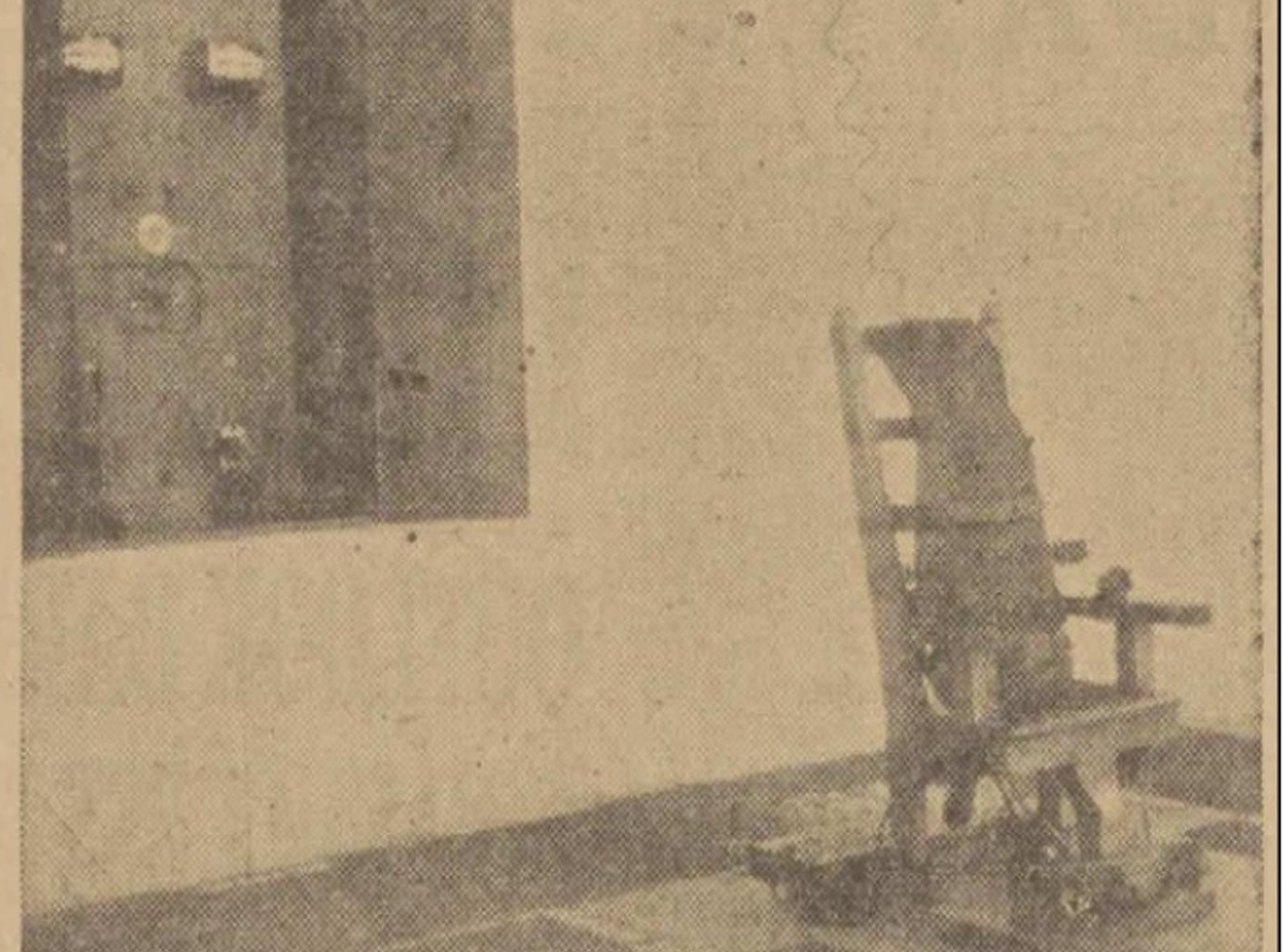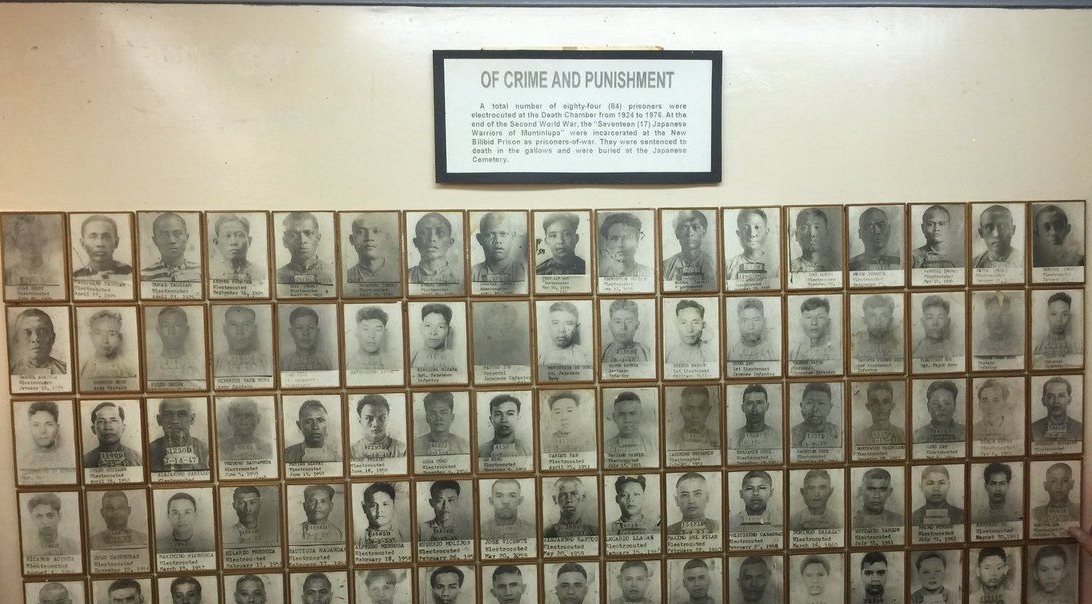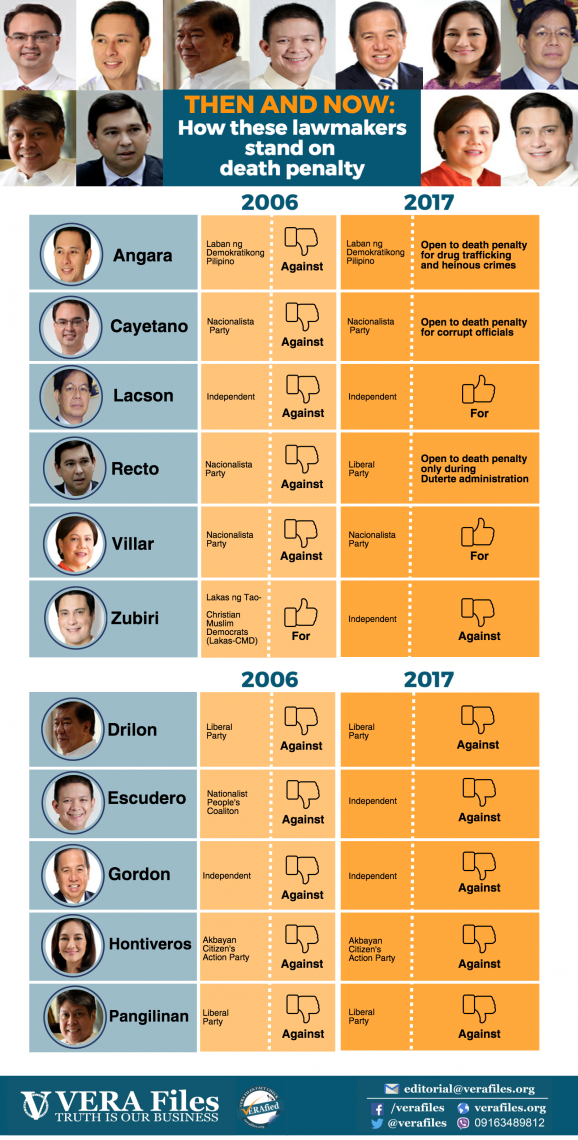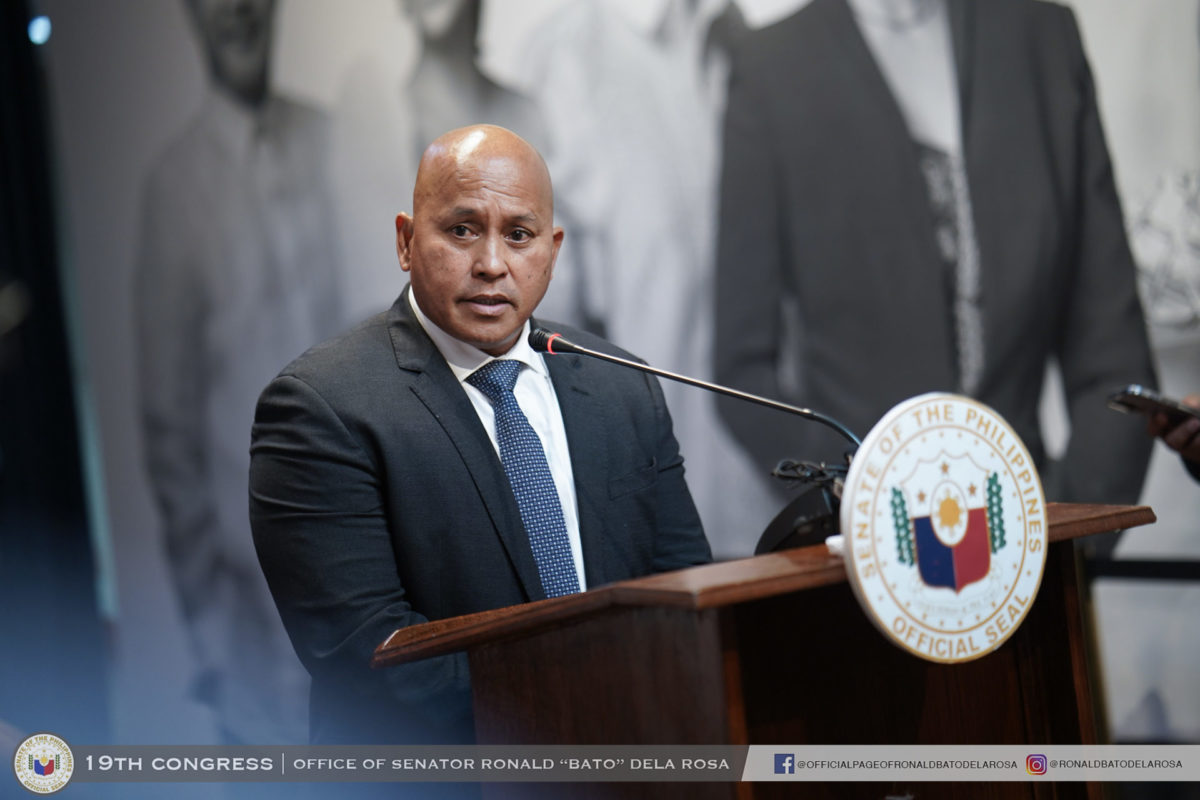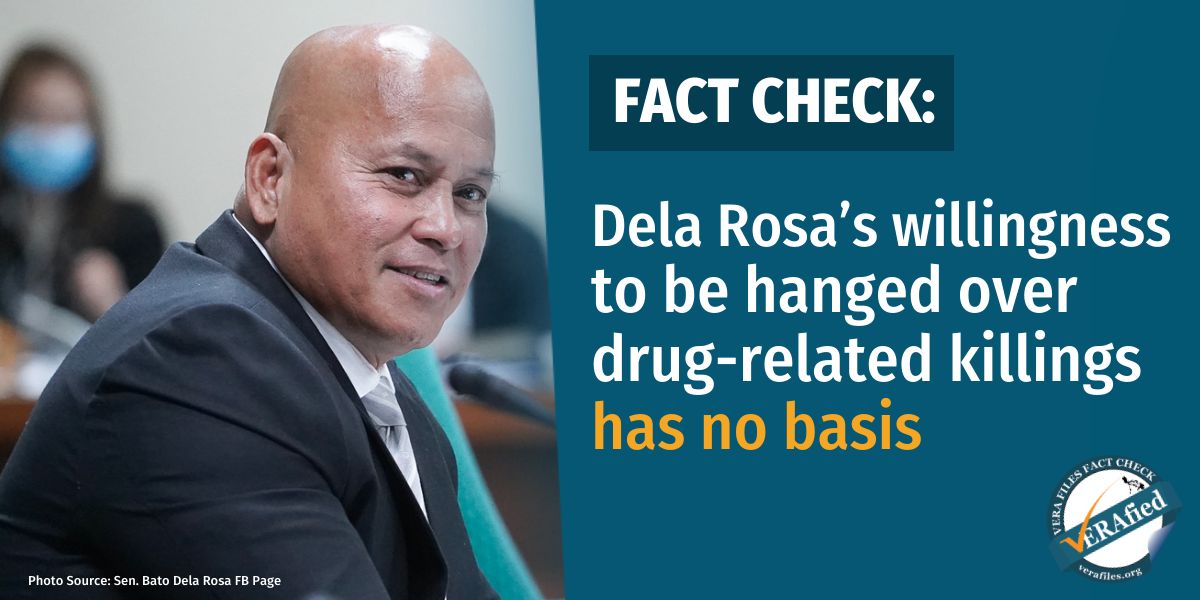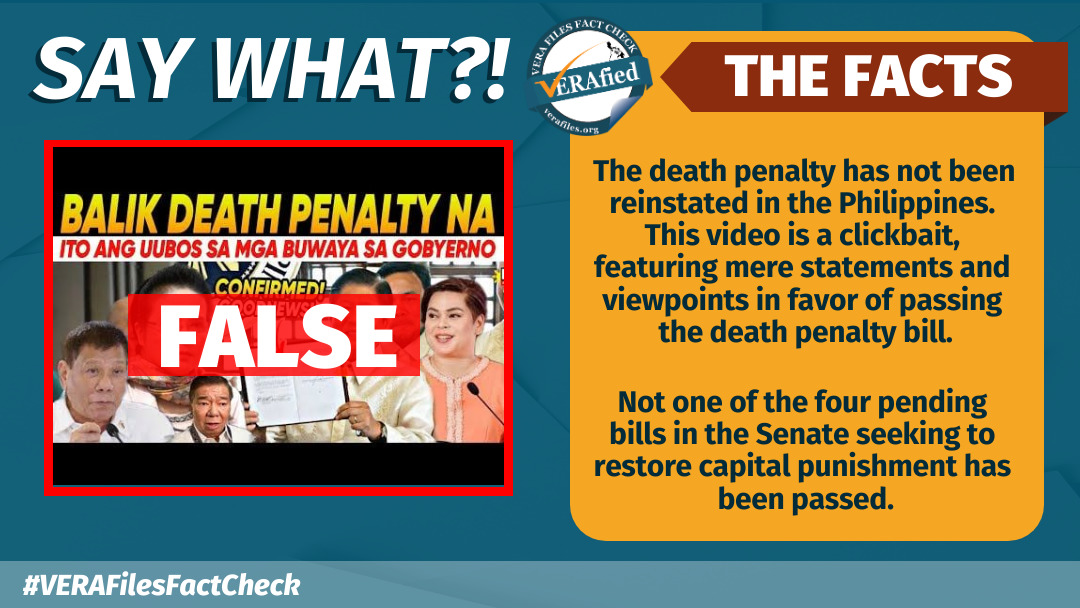(Second of two parts)
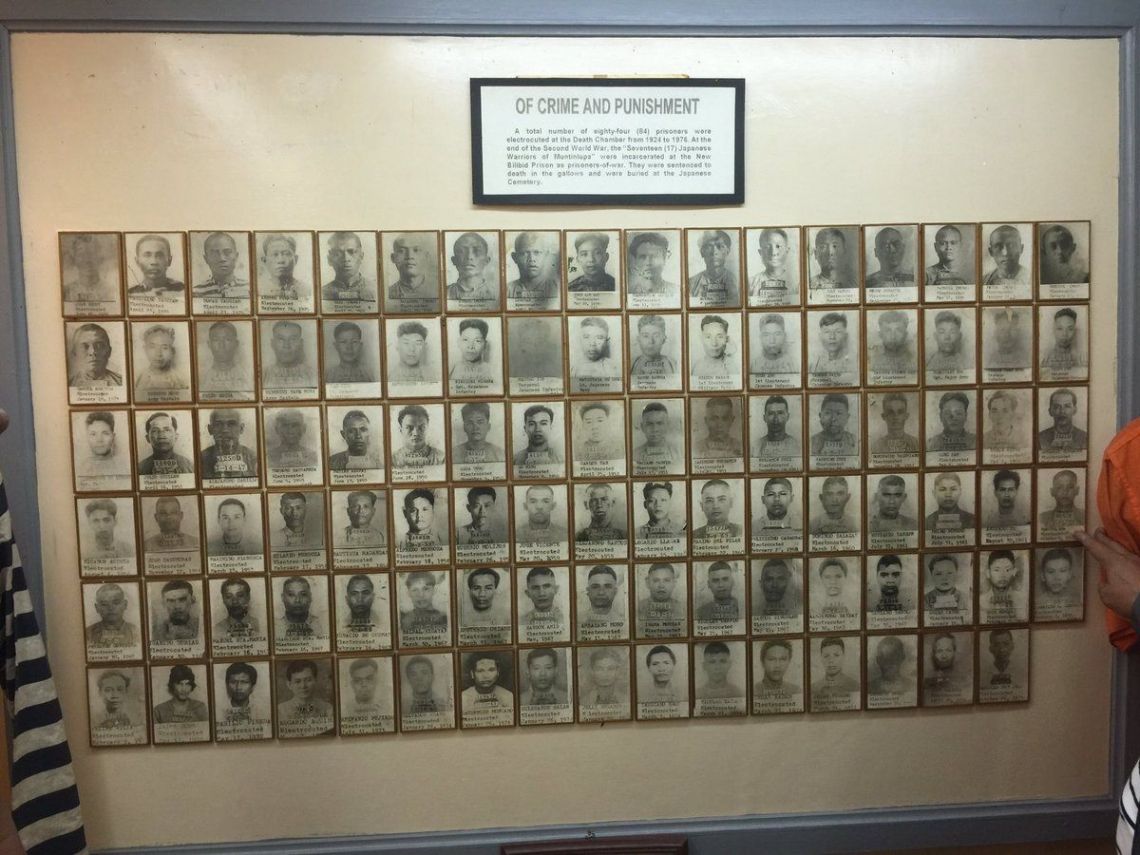
Photo gallery of the electrocuted convicts. Photo by Jamela
Alindogan.
Since the Philippines regained its independence on July 4, 1946, those who
were elected president accepted the death penalty as a matter of
course. Except for Manuel Acuña Roxas, Corazon Cojuangco Aquino, and
Ramos, all the other presidents reckoned with the fate of convicts up
for execution. The telephone in the execution chamber supposedly with
a direct line to Malacañang came to symbolize the looming power of
the president over a convict’s life. The president at the very last
minute could order a reprieve or commute a sentence.
President Elpidio Rivera Quirino (April 17, 1948-Dec. 30, 1953) had 13
men executed during his term. To two convicts he gave a 15-day and a
30-day reprieve, respectively, before finally allowing the prisons
director to proceed with the execution. To Ireneo Bongog, he first
gave a 30-day reprieve before finally commuting the sentence to life
imprisonment. Quirino was the first president to allow the execution
of foreign nationals, three Chinese who were convicted of kidnapping
and kidnapping with murder.
Under Quirino’s watch, the electric chair was first used on April 26,
1950. Julio Guillen attempted to assassinate President Roxas on March
10, 1947, by throwing a grenade at him during a rally in Plaza
Miranda. An aide managed to kick the grenade from the stage. When it
exploded in the plaza, it killed one and severely injured four
others. Quirino was Roxas’ vice president and loyal party mate.
President Ramon del Fierro Magsaysay (December 30, 1953-March 17, 1957) had six
men executed. He halted the double execution of Ging Sam and Gregorio
Gonzales on May 6, 1954, to carefully study their cases and decide
whether to grant executive clemency. The usual hour for executions
was 3:00 in the afternoon. He gave the go signal to proceed around
6:00 in the evening. The executions ended at 7:09 that night. He once
issued a 15-day reprieve simply because the execution fell on Mabini
Day (July 23, 1956). Then on August 3, 1956, Malacañang decided to
cut the reprieve short; the convict was executed the following day.
Of Maximiano Floresca, writer and editor Ileana Maramag noted in the
April 14, 1957 issue of Sunday Times Magazine: “One of the last
wishes the prisoner asked of his family was to vote for Magsaysay.
The President had earlier granted him two reprieves and for this the
condemned man had been sincerely grateful.” He did not get another
reprieve and was executed on March 14, 1957.
President Carlos Polestico Garcia (March 18, 1957-December 30, 1961) had 14 men
executed. Most of these men had received a 30-day reprieve. Some got
two or three more reprieves, but he eventually allowed their
execution. He commuted at least four death sentences to life
imprisonment. The most talked about was the one received by Primitivo
Ala. He was supposed to follow Marcial “Baby” Ama to the electric
chair on October 4, 1961, but as Ama’s body was taken out of the
death chamber, he was informed of the commutation of his sentence.
President Diosdado Pangan Macapagal (December 30, 1961-December 30, 1965) had
but one instance to review with finality the case of three men who
were up for execution the same day for the same charge of murder. On
January 30, 1962, he had two of them executed. Constantino Dueñas,
the third convict, received a sentence commutation.
President Ferdinand Edralin Marcos (December 30, 1965-February 25, 1986) had 32
convicts executed. Sixteen of them were executed after martial law
was declared. This fact, however, is being disputed by newly elected
Senator Imee Marcos. Senator Marcos insists that her dictator-father
had only one person, the Chinese drug lord Lim Seng, executed. Prison
records do not bear this out.
Daughters of former presidents tend to lower the number of convicts their
fathers had allowed to be executed. Macapagal-Arroyo was mentioned in
a June 24, 2006, report of the Philippine Center for Investigative
Journalism (PCIJ) to have claimed that her father allowed only one
execution during his term.
Marcos grappled with the issue of the death penalty. It was an important
issue for him, important enough to enlist the help of his
propagandists in the press. Here’s Vicente
Albano Pacis (Republic, March 27, 1970):
In a single stroke of the pen, President Marcos has commuted to life the
death sentences imposed by the courts on a total of 339 prisoners, 49
already confirmed by the Supreme Court and the others pending before
this body. With this action, he has also given tacit notice that no
death penalty will ever be carried out during the balance of his
term.
If only Marcos truly did that. Reporting for The Weekly Nation (June 22,
1970), Romy V. Mapile wrote that it was not a commutation but a
reprieve: “A total of 351 convicts saw a new ray of hope when
President Marcos issued a general stay of executions last Feb. 12.
The death sentence of 48 of them had been affirmed by the Supreme
Court.” And the Official Gazette itself
had this entry for Feb. 12, 1972, in the “President’s
Week in Review”: “Granted reprieves to all convicts in the
national penitentiary sentenced to die by electrocution pending
serious study by the government on the possible abolition of capital
punishment.”
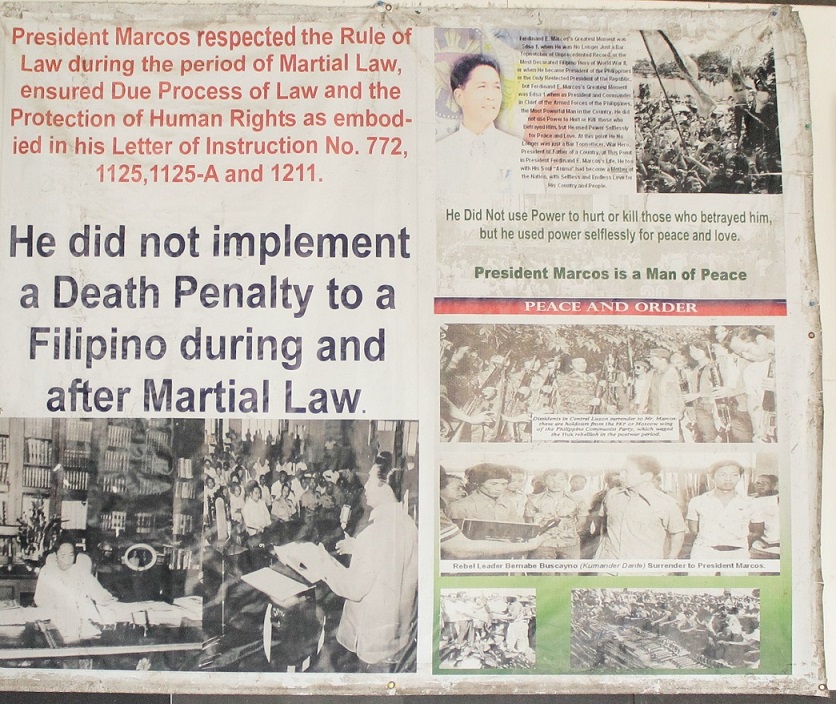
A tarpaulin in
the Marcoses’ World Peace Center in Batac, Ilocos Norte bearing a
staple claim in the Marcos propaganda repertoire. Photo by Judith
Camille E. Rosette.
Marcos’s decision resulted in a two-year death penalty moratorium. But
contrary to Pacis’ hope, he simply delayed the execution of
convicts. He started with the triple killing of Jaime Jose, Basilio
Pineda, and Edgardo Aquino, rapists of actress Maggie de la Riva.
Their execution on May 17, 1972, had live radio coverage, and the
usual handful of witnesses in an execution reached almost 50 in
number. Eight months later, he had Lim Seng executed by musketry in
public with live radio and television coverage (and later replayed in
cinemas). Then after a triple execution on March 21, 1974, he
stopped.
State executions started again with Leo Echegaray on Feb. 5, 1999.
Macapagal-Arroyo had marched in a rally calling for his
execution. She would later explain that she was there for the victim
to have justice and not for the death penalty to be imposed. Yet this
instance was quite symptomatic of how she ended up abolishing the
death penalty: via flip-flops. As reported by PCIJ on June 24, 2006:
Shortly after she was sworn in as president in 2001, Arroyo announced that
she was not in favor of executions and proceeded to commute the
sentences of 18 death-row convicts. But a few months after, on Oct.
15, Arroyo announced in a meeting of Filipino-Chinese businessmen
that she would resume executions due to the rise of kidnappings that
targeted the Tsinoy community.True to her word, on December 2003, Arroyo lifted the de
facto moratorium on executions issued by former President
Joseph Estrada.Two-and-a-half years ago, Arroyo said she would allow the death penalty for
convicted kidnappers and drug lords. But no death sentence has been
carried out under her administration so far.
In 1993, Arroyo chose to abstain from voting on a bill that would
reimpose the death penalty for certain heinous crimes.She said she was “torn between a constituency that clamors for it
because of the sickening examples of heinous crimes and a
conscience.”
GMA News ended up with a rather lengthy timeline just trying to keep up with Macapagal-Arroyo’s dexterity in navigating a potentially controversial issue.
But she did sign into law RA 9346 that prohibited the imposition of
the death penalty. It’s the very law that Duterte and his
legislative henchmen, her current political allies, would very much
like to undo.
To pardon or commute a sentence, as pointed out by legal scholars, is
not a private discretion of the chief executive. It remains, as
argued by Romulo Gatilao in a 1959 Philippine Law Journal
article, “a benign expression of the sovereign will.” But
making that sovereign will apparent is a president that must wrestle
with his or her inner demons and saints on whether to save a life or
take it.
A president may campaign and clamor to kill criminals. He may do so
secretly through deputies and death squads. But giving the green
light to kill convicts is political theater in and of itself. The
braggadocio sputters into a studied silence. A pretense for
equanimity is played out before denying an appeal or making a
reprieve lapse. The state kills on schedule, though a momentary delay
is desired to show that a president agonizes over life and justice,
retribution, and death. Pleas for clemency offer a president a chance
for a dramatic pause. Then in an ever-calculated manner, he signals
for death to descend. He gets to be a killer himself.
(Joel F. Ariate Jr. is a university researcher at the Third World Studies Center, College of Social Sciences and Philosophy, University of the Philippines Diliman.)
